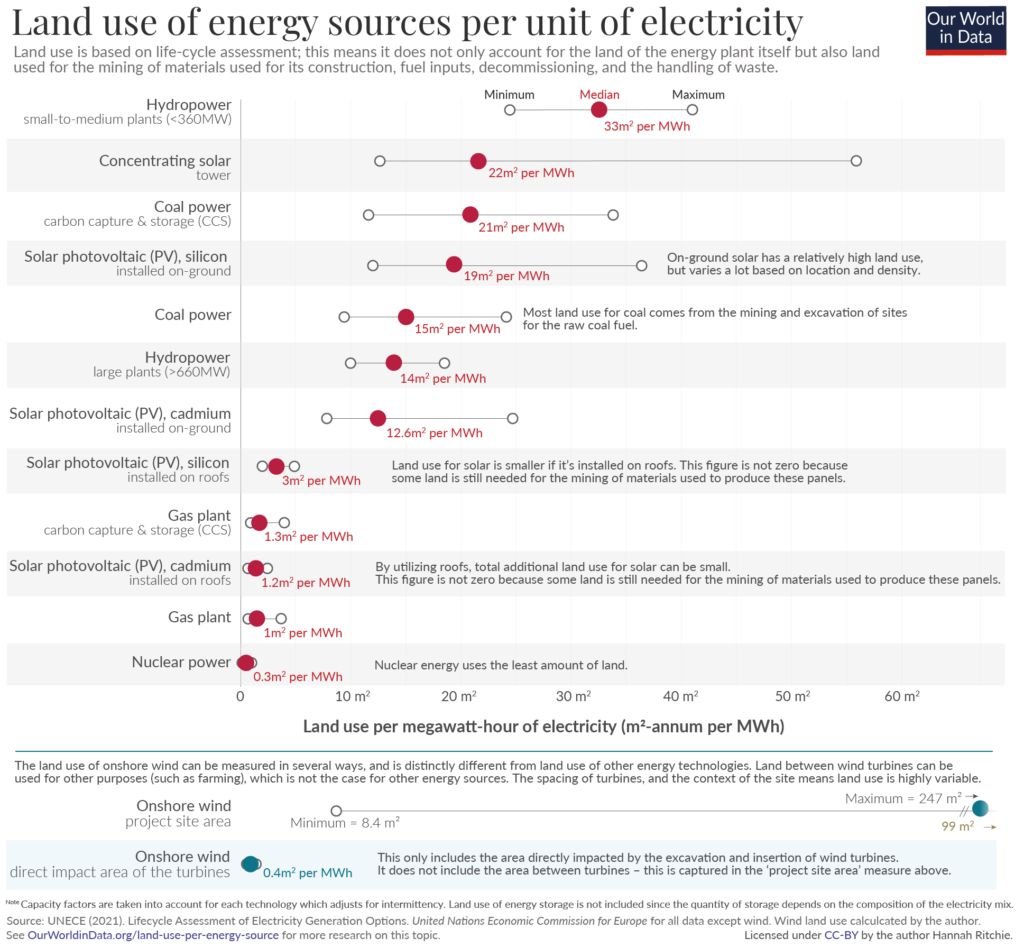Robert Bryce has a great piece in RealClearEnergy today on the latest land-use conflicts roiling planned wind and solar buildouts across rural middle America.
From the piece:
The hype about wind and solar energy keeps colliding with the hard reality of land-use conflicts. Nowhere is that more obvious than in Ohio, where 41 townships have rejected or restricted the expansion of wind and/or solar projects since last November. In addition, at least eight Ohio counties have implemented restrictions on Big Wind and Big Solar over that same time period.
The soaring number of rejections – all of which are documented in the Renewable Rejection Database – brings the total number of solar rejections in the U.S. this year to 67. That total includes the October 12 unanimous vote by the Linn County, Iowa, Board of Supervisors to implement a moratorium on solar projects in their county. In all, since 2017, 94 communities across the U.S. have rejected or restricted Big Solar.
Wind projects are also facing fierce resistance, particularly in Ohio, a swing state that is critical to presidential candidates. Thus far in 2022, 46 local governments, 40 of which are in Ohio, have rejected or restricted wind projects. Furthermore, since 2015, 370 communities from Maine to Hawaii have rejected or restricted wind projects.
I’ve written previously about how land-use conflicts are the most underrated factor to consider as the country looks to transition how it generates electricity.
It’s an underappreciated component of supplying energy, as the environmental impacts of a given resource extend far beyond atmospheric emissions. In order to function at scale, every resource from hydropower to natural gas requires land to generate effectively. That means taking land that would otherwise be used for some other purpose and devoting it to procuring energy for the state’s residents.
In other words, there’s a trade-off being made each time a new power station is built, and an opportunity cost incurred for the land being used in the generation process.
It’s all well and good to be bullish on wind and solar technology, but renewables advocates fail to appreciate the size and scope of the land required to make that dream real at their peril.
Because of the distributed nature of renewables like wind and solar, such projects often have to be built far away from major population centers. Yet not every rural community is simply going to welcome having large swaths of their open spaces taken up by huge solar arrays and towering wind turbines just because renewables advocates say so.
To account for these disputes, policymakers should consider energy resources that are far more energy dense so that our finite land resources can be used most efficiently. With emissions reduction also being a primary concern, that truly leaves only one viable resource: nuclear power.









